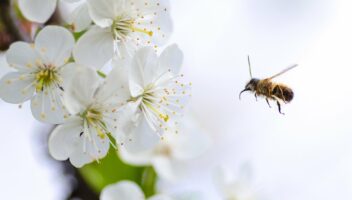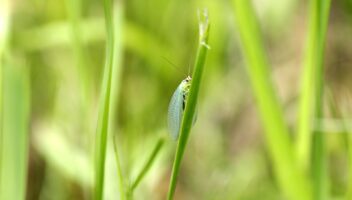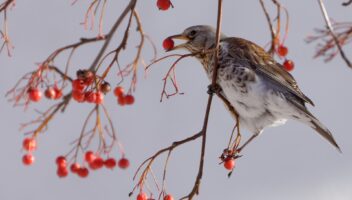From the smallest insects to larger mammals, there are many reasons to encourage the wildlife in your garden. Celebrity vet Matt Brash gives his expert advice on how to support different species and caring for a wildlife garden.
Matt Brash has an incredible career with animals, spanning domestic and zoo veterinary work. He has worked with Westland Horticulture on the concept of ‘One Health’, promoting the link between people, pets, wildlife and gardens. Essentially, ‘One Health’ is a way at looking at the inter-connectivity of everything together. It becomes vital that we look after our gardens, countryside and the wildlife around us as they give so much back to us through fulfilment, fun, exercise and beauty. Gardens and wildlife are inextricably linked. By looking after our wild animals (including by tending our plants) we increase the survivability, number and diversity of wildlife. The more of us who do this, the better we balance our heavily populated island.
Looking after your garden, by ensuring good quality soil, rich in organic material, brings in more worms, which enriches the soil, but also encourages more wildlife. There is a holistic approach to one’s garden. If you look after your garden, and the wildlife within, then it will look after you.
Caring for Wild Birds
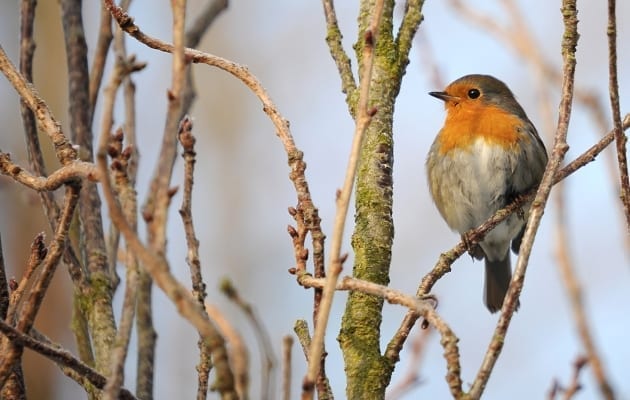
Many people naturally think of feeding their birds during winter, but it’s important to consider supporting them all year around and acknowledging their changing diet. Feeding wild birds is not comparable to feeding a pet – it should always be a supplement to their natural food source.
How to care for wild birds
- In spring, birds start breeding, building nests and moulting, which means a change of dietary requirement. Change the food you put out from high fat to balanced, protein and calcium rich. Stop feeding peanuts and bread and start feeding a good variety of seeds
- Hygiene of feeding points is extremely important to prevent diseases like salmonella and E. coli. Clean feeders regularly, particularly as the weather warms
- Place feeders in multiple places around the garden
- Clean and repair nest-boxes or put up new ones. Make sure they are located away from feeders to prevent any territorial issues
Hillier Tip: For in-depth information about caring for garden birds all year around, read our online guide.
Caring for Hedgehogs
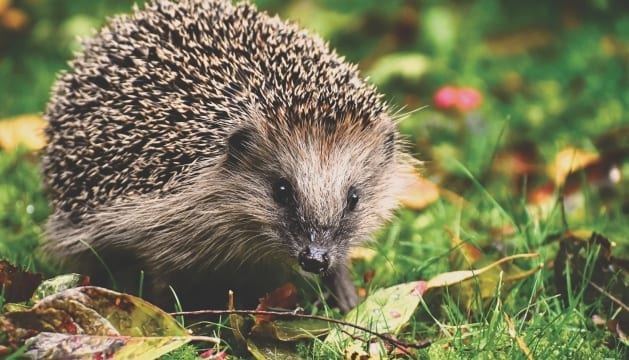
The Hedgehog population in the UK has collapsed completely, through a combination of different factors including urbanisation, pesticide use and slug pellets. They also find it increasingly difficult to find their natural food source, which is small insects and earthworms, so it is worth feeding them.
How to care for hedgehogs
- If you have a hedgehog in your garden, put out a bowl of food. You can get specially designed hedgehog foods that are high in protein, alternatively cat food is fine. Don’t give them too many mealworms as they’re high fat but low calcium, so hedgehogs can end up with weak bones
- Have good food bowl hygiene and wash them regularly
- Create ‘hedgehog runways’ i.e. paths between gardens so hedgehogs don’t become blocked off in one garden. This allows hedgehogs to roam freely looking for food and find mates
- Be careful with any use of pesticides and slug pellets in the garden
- Don’t leave netting in the garden as hedgehogs can get stuck in it
- If you are having a bonfire, make sure there are no hedgehogs hiding in it
- If you have a pond, make sure there is a route for hedgehogs to get out again. While they are good swimmers, they can struggle to escape from concrete ponds
- Leave a rough patch in your garden with a pile of logs and leaves. This makes a great spot for hedgehogs to nest or hibernate during winter
- Leave a longer patch of grass on your lawn where they can hunt out insects
Caring for Bees
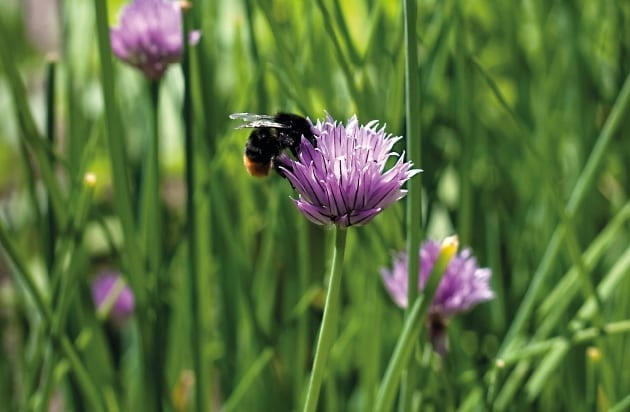
Both honey and bumblebees are an essential part of the garden. They need places to overwinter and plants that will offer food throughout the spring, summer and autumn seasons.
- Build a bug house to provide a place for pollinators to overwinter
- In early spring, grow plants such as Scillas that provide instant nectar for bees getting going after winter. In mid-July, flowers such as Marigolds are ideal. Then in autumn, Dahlias are a great choice
- Wildflowers are loved by bees. Consider creating a wildflower patch in part of your garden
- Use any pesticides very carefully. If you are using them, only spray when bees are not active, for example very early morning and late evening
- If you can’t create a bug house, leave wild patches for them to overwinter in, such as piles of stones, fallen leaves and log piles
Caring for Foxes
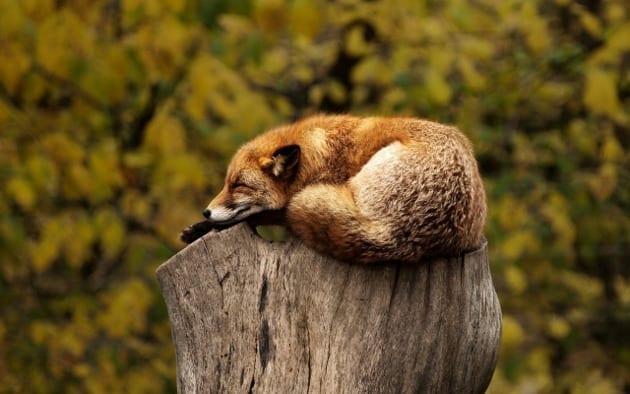
Some people feed foxes, but this is not a good idea as they become too dependent on us, which concentrates the density of the population. This leads to issues with mange disease (particularly seen among urban foxes which have turned into scavenging dustbin hunters.) Unfortunately mange can spread to domestic cats and dogs.
Caring for Frogs
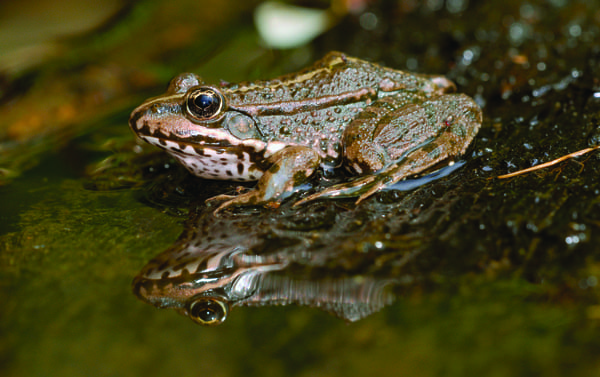
If you have a pond with frogs and frog spawn, the most important thing to do is minimise the spread of the fungus Chytridiomycosis, which is fatal to frogs, toads and newts.
- Be very careful when moving frogs from one pond to another to avoid spreading disease
- Don’t spread insecticides or pesticides near water as they kill frog and toad spawn
- Make sure the water in your pond circulates somehow and is aerated, with nice aerating plants, so it doesn’t become a stagnant pool of water, barren of amphibious and insect life
- You can try to protect spawn, but nature tends to have a way of looking after itself
Matt’s Top Tips for Your Wildlife Garden
- DON’T leave litter or rubbish out as this can spread diseases like salmonella
- DO feed consistently as animals will learn where to come to for feed
- DO use high quality, clean food
- DO clean all feeders regularly
- DO feed the appropriate food for the season
- DO put multiple feeders in and around the garden to avoid competition and fighting between animals
- DO enjoy it!
Matt Brash Biography

Education Trained at the Royal Veterinary College
Career Specialist zoo and wildlife vet, published author and star of stage shows and talks based on his experience.
Screen highlights:
- BBC series ‘Vet to the Rescue’, based at Chester Zoo, 1998
- ITV series ‘Zoo Vet’ and ‘Zoo Vet at Large’, 1998 – 2007
- Advisor on Harry Potter films 1 & 2 in reference to use of owls
Lives In the Yorkshire Wolds



